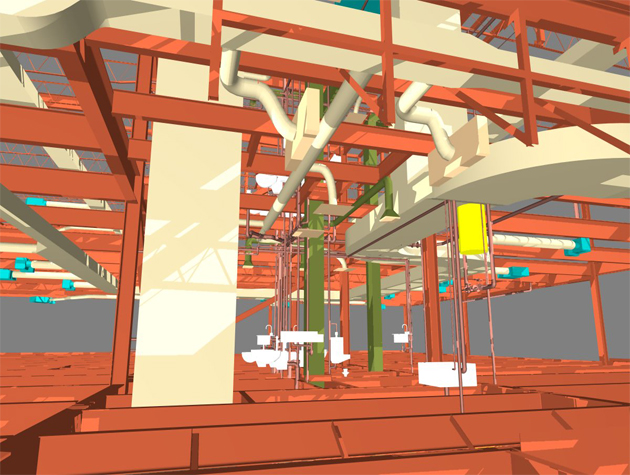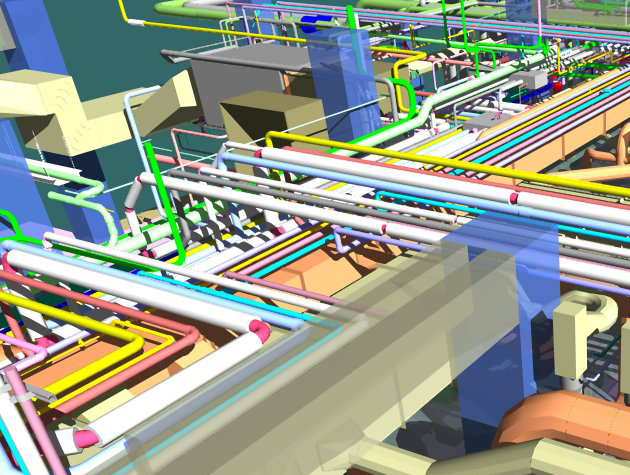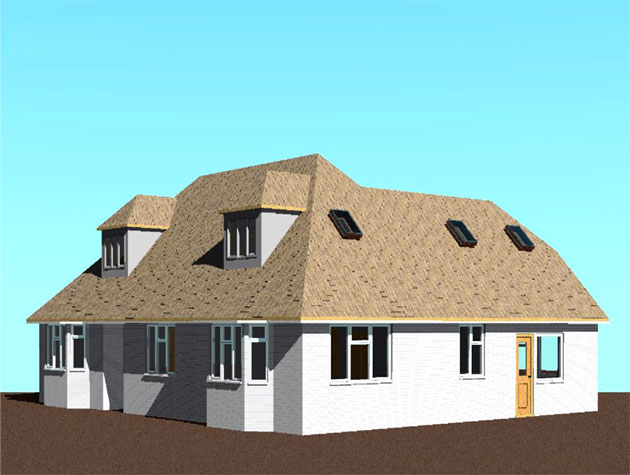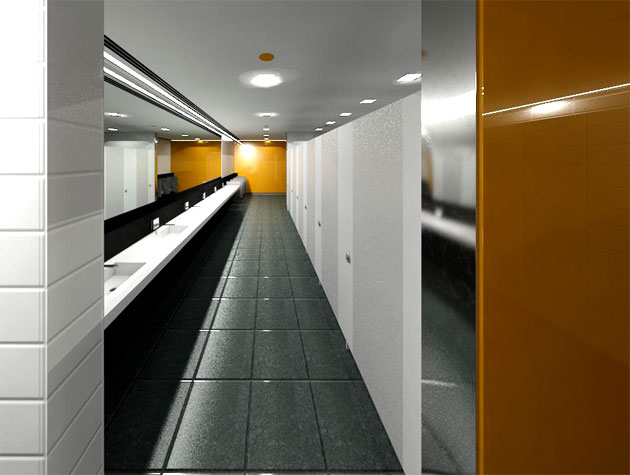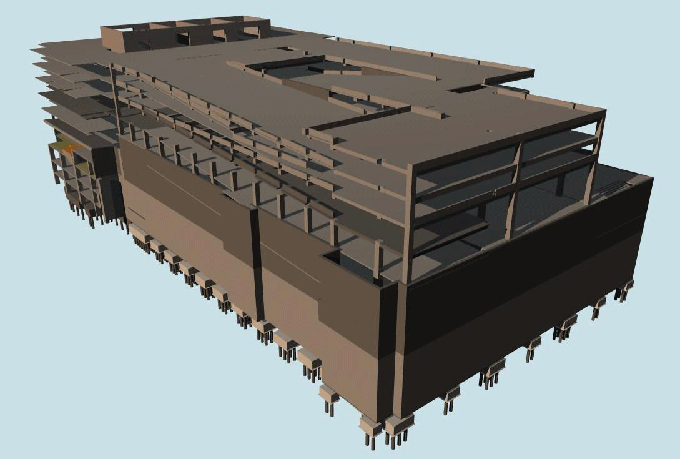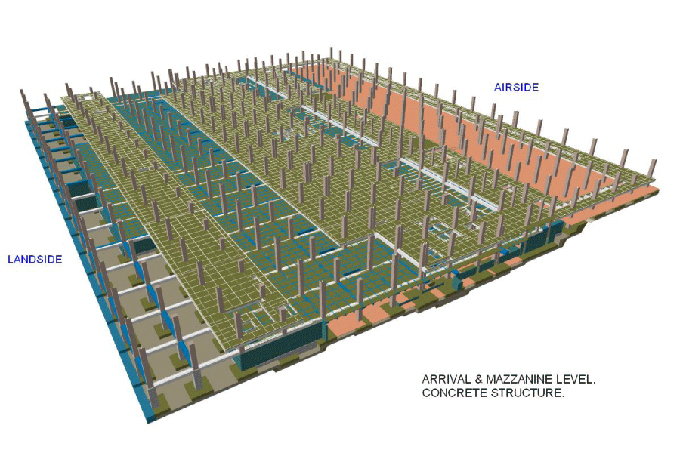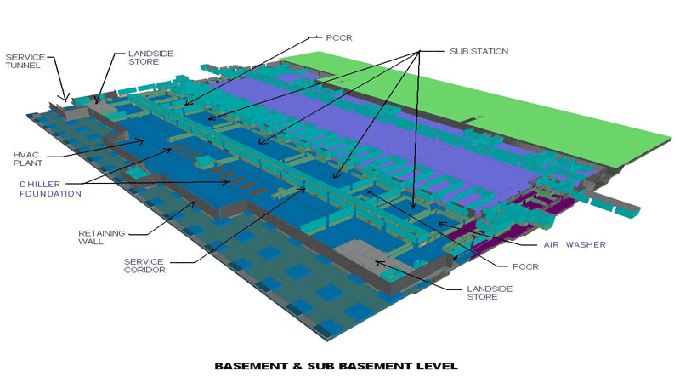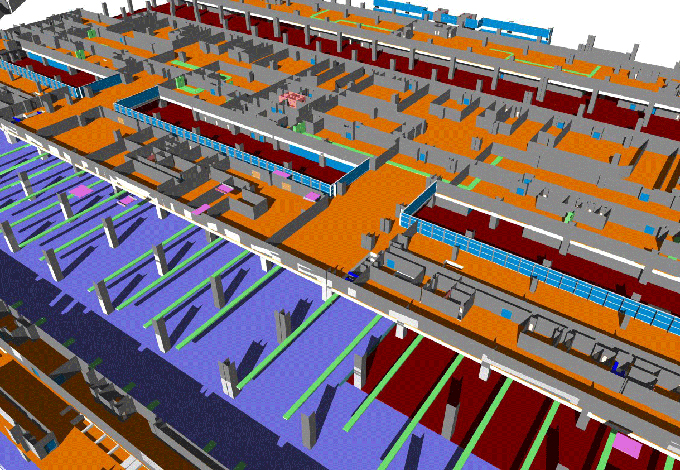BIM Clash Detection – Types, Process and Benefits
Tweet
Clash detection is one of the important processes for identifying and mitigating design conflicts before breaking ground thus can prevent construction issues and the chances of rework. The BIM tools and software help to make it easy to detect clashes in the construction process. The BIM clash detection process has been implemented at the preconstruction stage and in the earliest design of the project.

Architects and engineers often create design models during the design process of the construction project. While these separated models have been aggregated into a single project model, there is a risk of overlapping the individual building components or interfering with each other. The clash detection software of BIM helps to highlight these clashes in the design process or the preconstruction stage thus preventing costly adjustments as well as prevent delays during the construction process.
Types of clashes in the construction project
Different types of clashes can occur in the construction project which is:
Soft clash
This type of clash occurs when the building components do not get enough space to operate safely or effectively. The safety issues such as high-voltage wire too close to the plumbing line can constitute a soft clash. Any kind of leakage from the pipe leads to an electrical short circuit which can pose an electrocution risk to maintenance personnel.
Hard clash
This type of clash occurs when two systems and the building components take up the same place. This type of physical conflict occurs when two or more two building components try to occupy the same space. As an example, when the structural beams intersect with a duct, hard clashes might occur.
Workflow clash
This type of clash refers to the 4D clash which includes the scheduling conflict or the misalignment of the project management. In the case of the installation of the electrical conduits being scheduled at the same time as the pouring of the concrete slab in the same area, the stoppage of the work or chances of rework or delays in the construction work might happen.
Learn about clash-detecting software
Autodesk BIM Collaborate
This software helps to enable the project team members to upload design models, detect clashes in the project and resolve the issues in the project in real-time. Thus, users can enjoy unlimited projects and file storage as well as keep their all info accessible and secure.
Navisworks
This is the most powerful clash detection tool for coordinating the construction project. Navisworks helps the users ensure the model of the building is ready for the construction process with the help of its quantification tools and advanced clash detection capabilities. The 4D and 5D simulation allows the users to animate and interact with the building objects and create the schedules for the construction project from the design models. Users can also import cost items and schedules from the third-party project management applications which helps to ensure the coordination between the project components more smoothly.
Benefits of BIM clash detection process

Early identification of the clash
The early identification of the clashes and conflicts in the design phase has been also allowed by the BIM clash detection process. Thus, the engineers and architects can detect the project issues before the beginning of the project. This helps to enable the proactive problem-solving nature as well as helps to present costly rework.
Money and time-saving
By identifying the clashes at the early stage of the construction process, the team members of that project can save money and time. The clash detection ability of the BIM software also helps to reduce logistical and stress compliances of the last-minute changes in the construction project thus allowing the project team members to deliver positive project outcomes for the clients.
Risk and waste minimization
The BIM clash detection process also helps to improve the productivity of the project by mitigating the budget and project schedule overrun and thus can be done by making a smart schedule for the project, reducing the waste materials, and improving the installation efficiency. The reduction of material waste by the BIM software allows the project team members to do more precise planning for the project by utilizing the materials more effectively.
Improving collaboration
The BIM clash detection process also improves the collaboration among different disciplines including MEP, architecture, structural engineering and others. While clashes are detected in the project, every member of the project works together to resolve the project issues as well as helps to promote better coordination with the stakeholders.
Improving the accuracy of the design
The clash detection process also helps to ensure that all the systems of the construction project work harmoniously within the design thus helping to reduce the likelihood of on-site clashes. This design accuracy helps to reduce the chances of costly rework as well as helps to complete the project within the fixed time and budget.
Ensuring onsite safety
The safety-related clashes including the conflict between the egress routes and structural elements have been identified by the clash detection process. This clash identification helps to enhance the overall safety of the project.
To get online demonstration, watch the following video tutorial.
Video Source: BIMxt Network
Maximizing the quality assurance
The resolve of the clashes by the BIM software also helps to ensure that the final construction process will align with the design intent which helps to get higher-quality buildings that meet the design specifications.

Gallery
Feel free to contact us for BIM requirements. One of our representative will respond you within 24 Hours. Send us your projects requirement today and grow your project.
Explore More !
